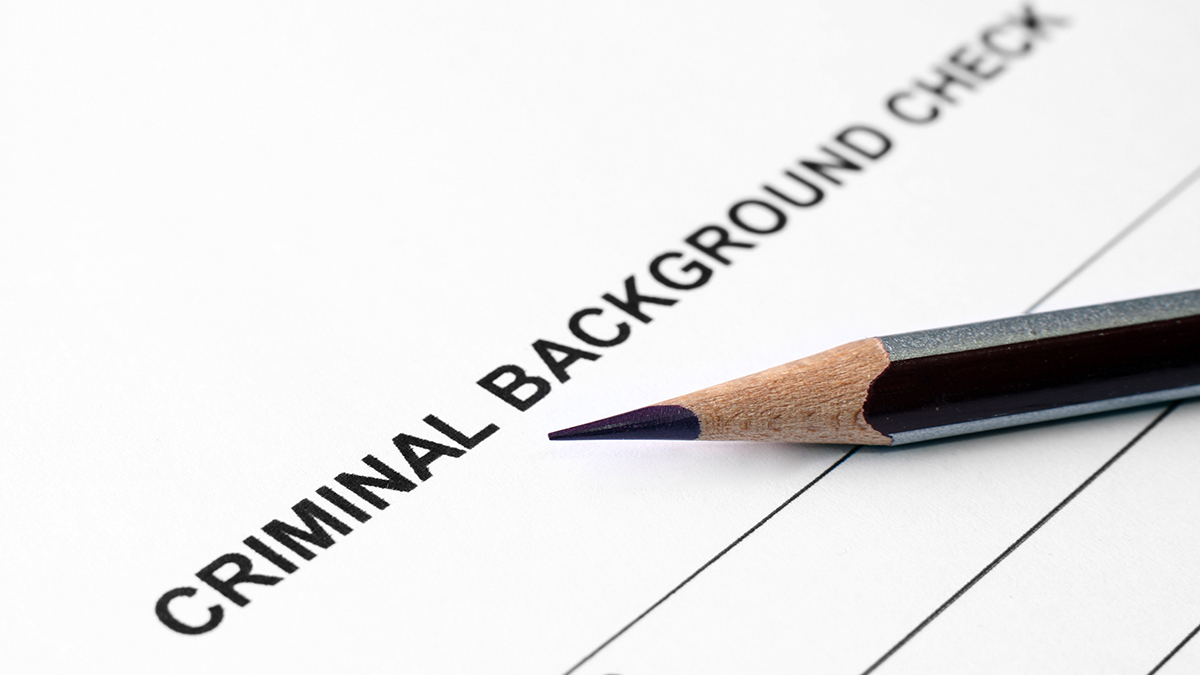
Even if Chicago-area residents haven’t realized it, days have slowly been getting longer for nearly two weeks now, but the pace is about to accelerate, with 10 hours of daylight in the cards by month’s end.
The Northern Hemisphere has been gaining a few seconds of daylight per day ever since the winter solstice on Dec. 21, but as January moves along, the pace is going to start accelerating.
Tuesday will mark an important day on the solar calendar, as Chicago sees its latest sunrise of the season, with official sunrise set for just before 7:17 a.m.
Though sunrise has technically been occurring later since the solstice, later sunsets have helped the Chicago-area to gain approximately five minutes of daylight since that date.
Those slow advances in daylight are about to become a thing of the past, however. Beginning this week, the city will see just under a minute of extra daylight per day, and that will be just the beginning.
By the end of January, several key milestones will be hit, starting with Jan. 27, when sunset will occur after 5 p.m. for the first time since the final full day of daylight-saving time all the way back on Nov. 5, nearly three months ago.
Two days later on Jan. 30, another key milestone will be reached, as the city will see 10 hours of daylight for the first time since Nov. 11.
Local
By that point, the city will be gaining more than two minutes of daylight per day, a pace that will continue for several months. We’ll have more than 12 hours of daylight by mid-March, and we’ll continue to gain daylight until the summer solstice in June.
Feeling out of the loop? We'll catch you up on the Chicago news you need to know. Sign up for the weekly Chicago Catch-Up newsletter here.



